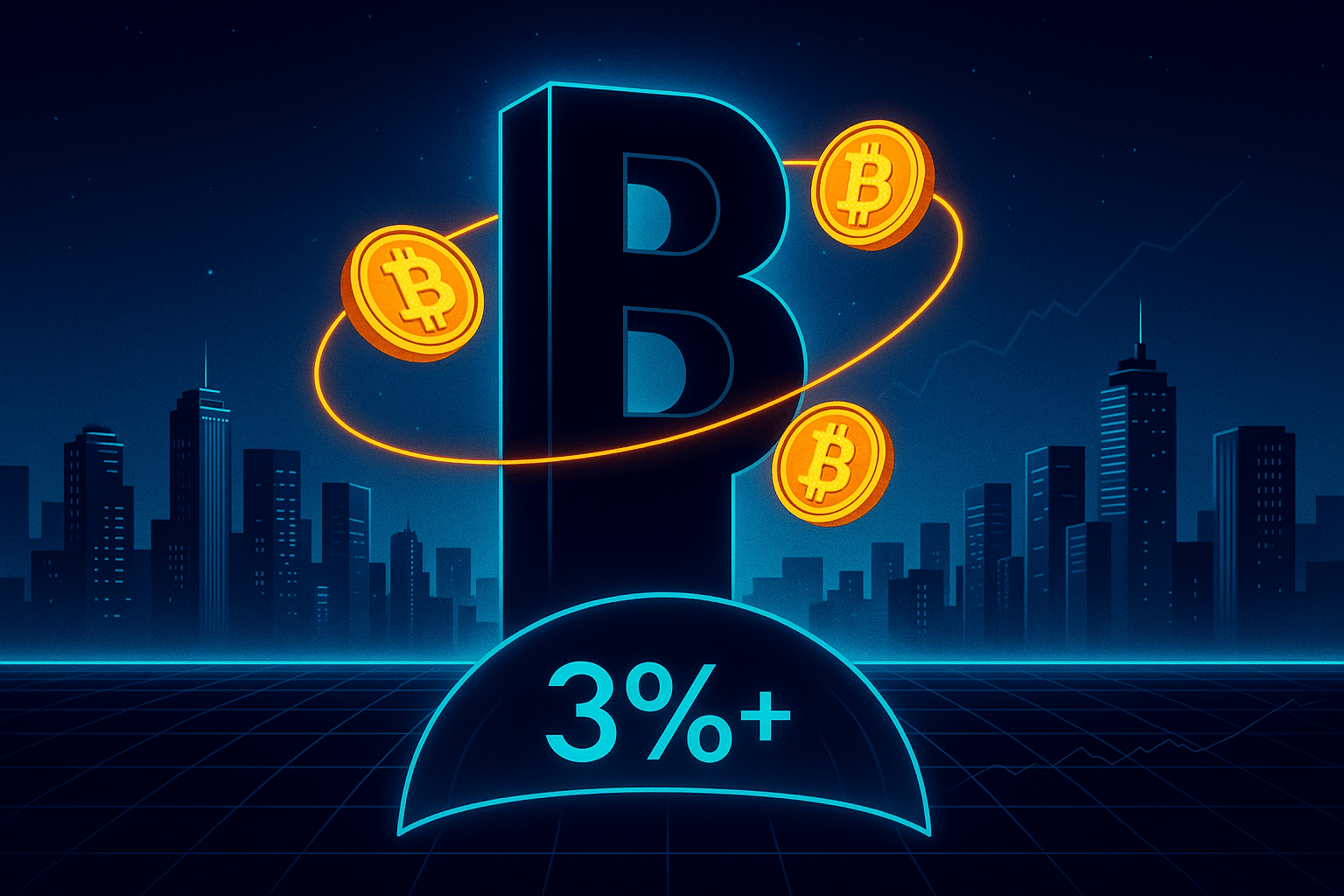
Bitcoin Hits New All-Time High — Is the Rally Overheating?
May 23, 2025
On May 22, Bitcoin briefly pierced a fresh peak of $112,000, cementing its strongest first-half run since 2021. As retail FOMO intensifies and whales jockey for position, key indicators such as RSI, funding rates and realized volatility are flashing caution. Is BTC primed for continued ascension, or are traders planting flags atop a precarious peak?
Context: What Drove Bitcoin to $112,000
A convergence of factors propelled BTC upward. Spot Bitcoin ETF inflows surged to $900 million over three consecutive days, marking the heaviest institutional demand since January. On-chain data from Glassnode shows net coin supply on exchanges falling to 2017 lows, reflecting growing hodler conviction. Meanwhile, macro tailwinds—anticipation of two Fed rate cuts in H2 2025 and a softer dollar index—have reignited “digital gold” narratives. In this landscape, BTC’s weekly realized cap expanded by 15%, signaling fresh capital injection even as price outpaces previous peaks.
Are Traders Worried About Overheating?
Several metrics suggest caution. The 14-day Relative Strength Index (RSI) crossed 82, a level historically preceding short-term retracements. Funding rates on perpetual swaps spiked to +0.08% on major venues, indicating excessive long-side leverage that may fuel violent liquidations on pullbacks. Additionally, 30-day realized volatility climbed above 60%, a stark rise from 40% in mid-May, hinting at larger swings ahead.
Survey data from Deribit shows funding-rate arbitrage desks increasing short gamma exposure, while whale wallets moved over 9,000 BTC onto cold storage over the past week. These shifts suggest sophisticated players are bracing for a correction. Retail addresses acquiring BTC remain at multi-year highs, but smaller wallets (<1 BTC) have shown profit-taking behavior, withdrawing coins at the $110,000 level.
Who Benefits and Who Risks in This Market Cycle
- Miners: With block rewards locked in, miners enjoy record fiat revenue but face rising hash costs. A sustained rally above $100,000 keeps marginal operations profitable, yet a sudden dip under $90,000 could trigger miner capitulation.
- Retail Traders: Smaller players chasing momentum risk liquidation from sharp pullbacks. Over 45% of open retail futures positions are currently underwater, amplifying the danger of cascading sell orders.
- Institutions: Long-term holders and ETF issuers stand to gain from continued price discovery, but are also adjusting allocations—BlackRock’s IBIT paused inflows briefly to rebalance, hinting at caution even among pros.
- DeFi Lenders: Protocols offering BTC-backed lending have seen TVL climb 12% as users deposit BTC for yield. However, a swift correction would pressure collateral ratios, risking automated liquidations on overleveraged loans.
What It Means for Investors and Paypilot Clients
For those with a bullish horizon, layering into dips via Paypilot’s OTC desk can capture lower slippage during rapid swings. Park dry powder in USDC inside our crypto wallet to earn up to 4% APR while waiting for attractive entry points. If volatility spikes, convert BTC gains to fiat or stablecoins instantly through the crypto card—locking in profits before potential retracements.
Risk-averse strategies could involve selling covered calls at the $120,000 strike, financed by buying $100,000 puts to hedge against a break below support. For active traders, spread trades between BTC and Ether futures ETFs can isolate Bitcoin-specific risk while maintaining exposure to broader crypto upside.
Final Word
Bitcoin’s ascent to $112,000 underscores robust demand and scarcity-driven dynamics, but overheating risks loom large. Elevated RSI, extreme funding rates and heightened volatility warn of a possible pullback. Traders and investors should employ disciplined risk management—leveraging Paypilot’s OTC, wallet and card rails—to navigate the next phase. Whether BTC consolidates before charging higher or retraces to $95,000 support, preparedness remains paramount.



